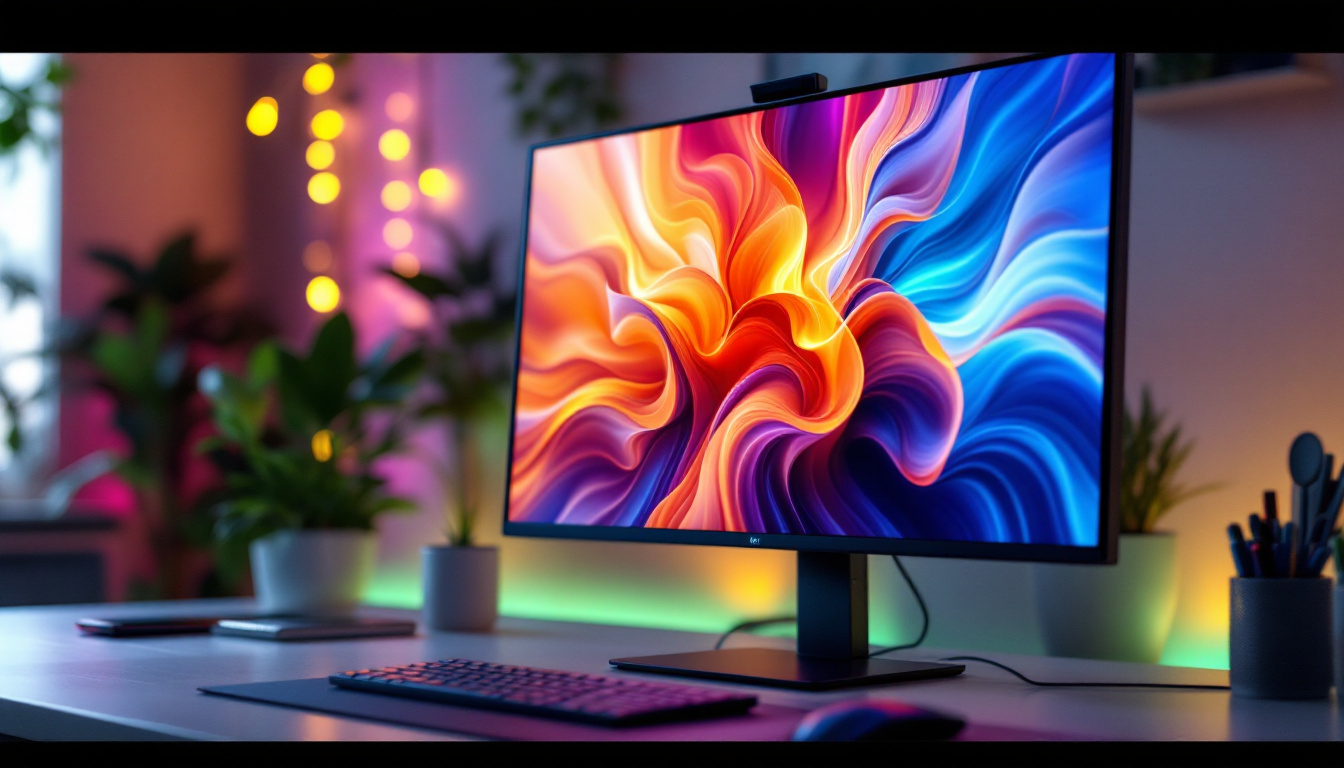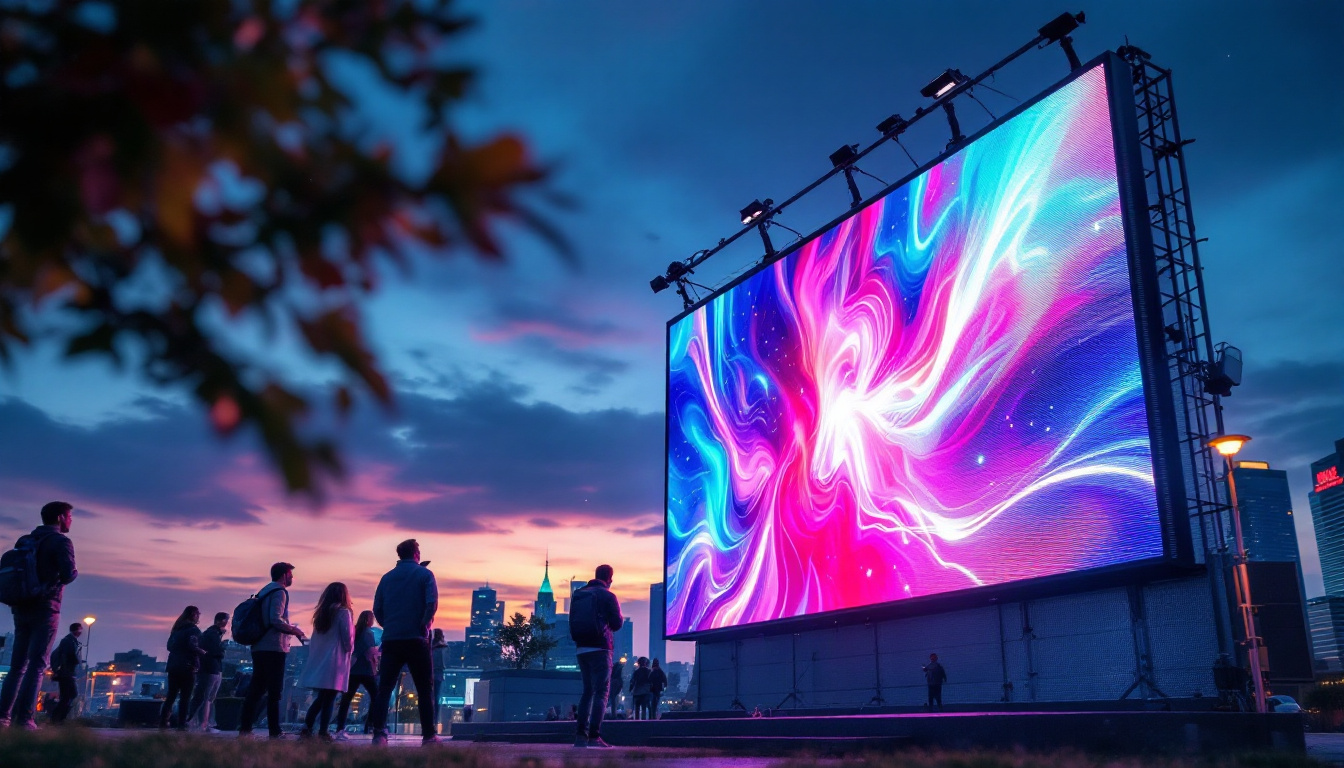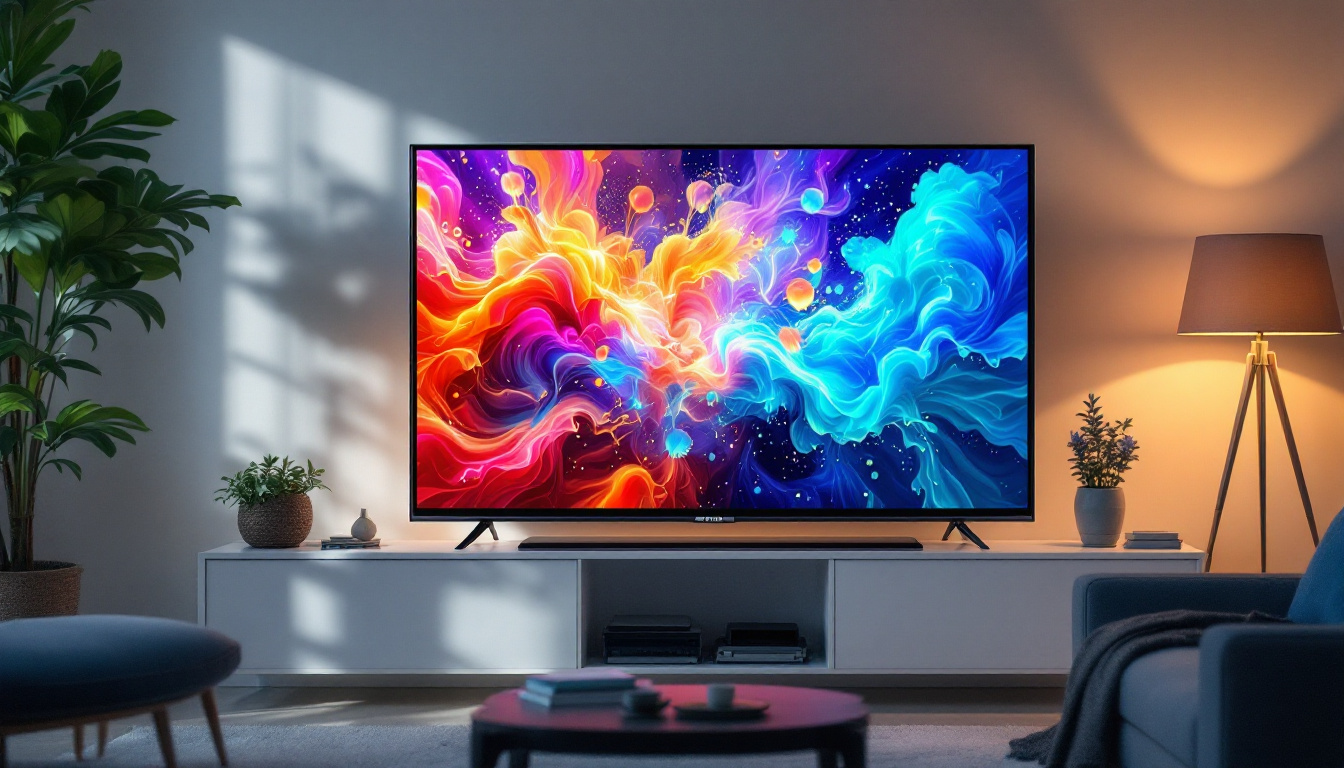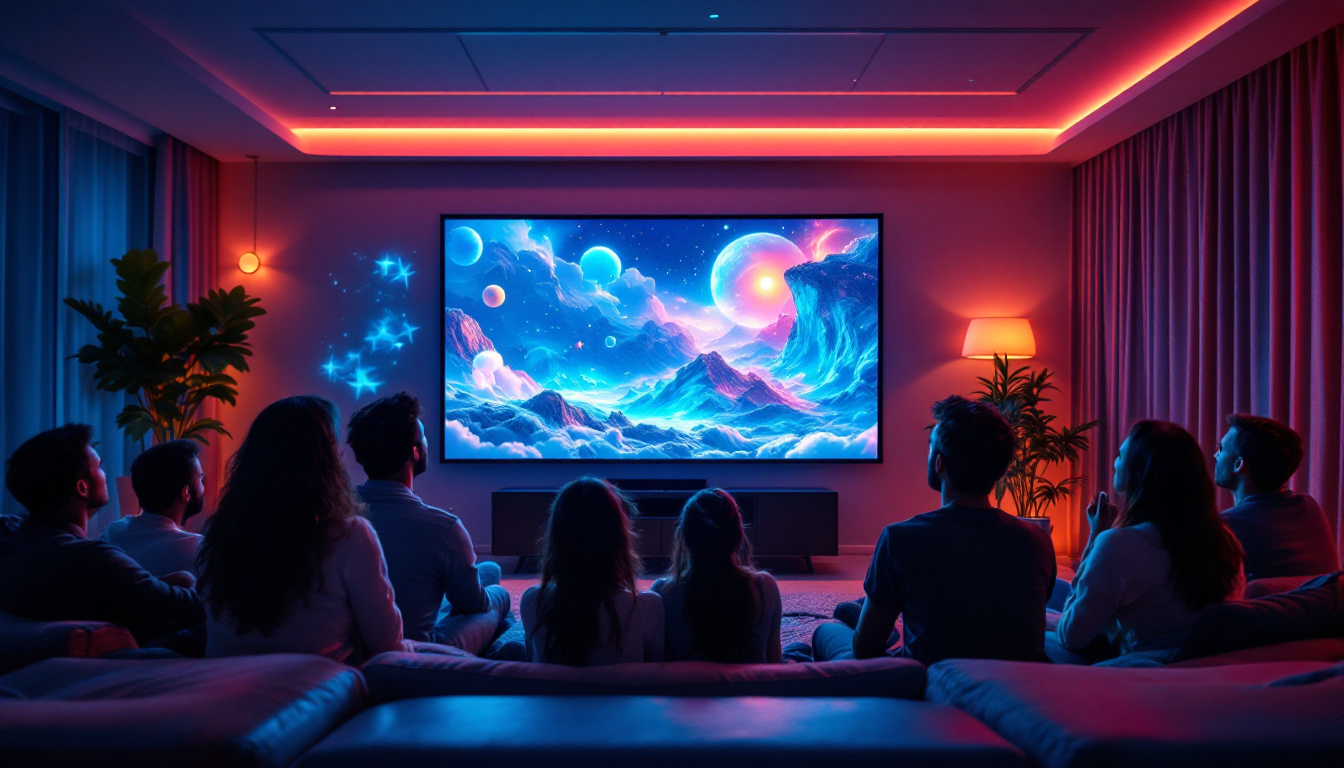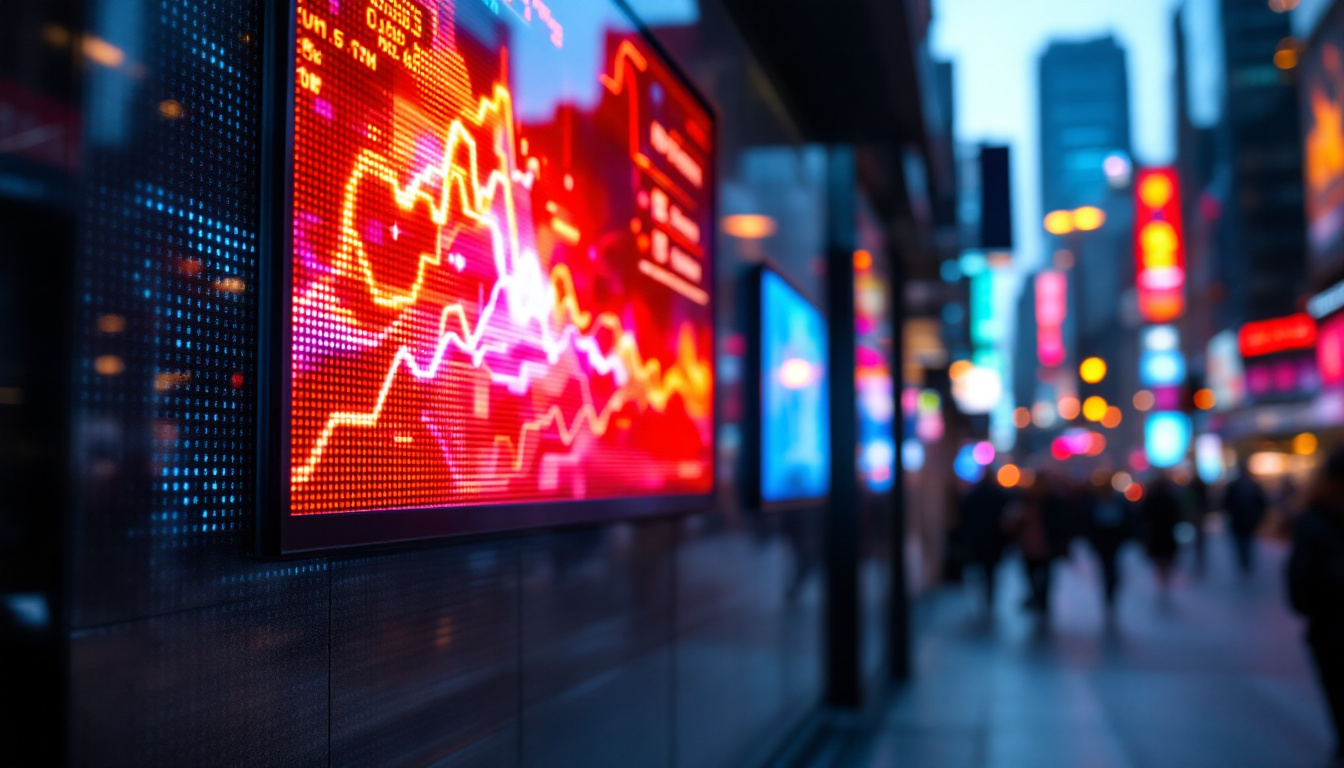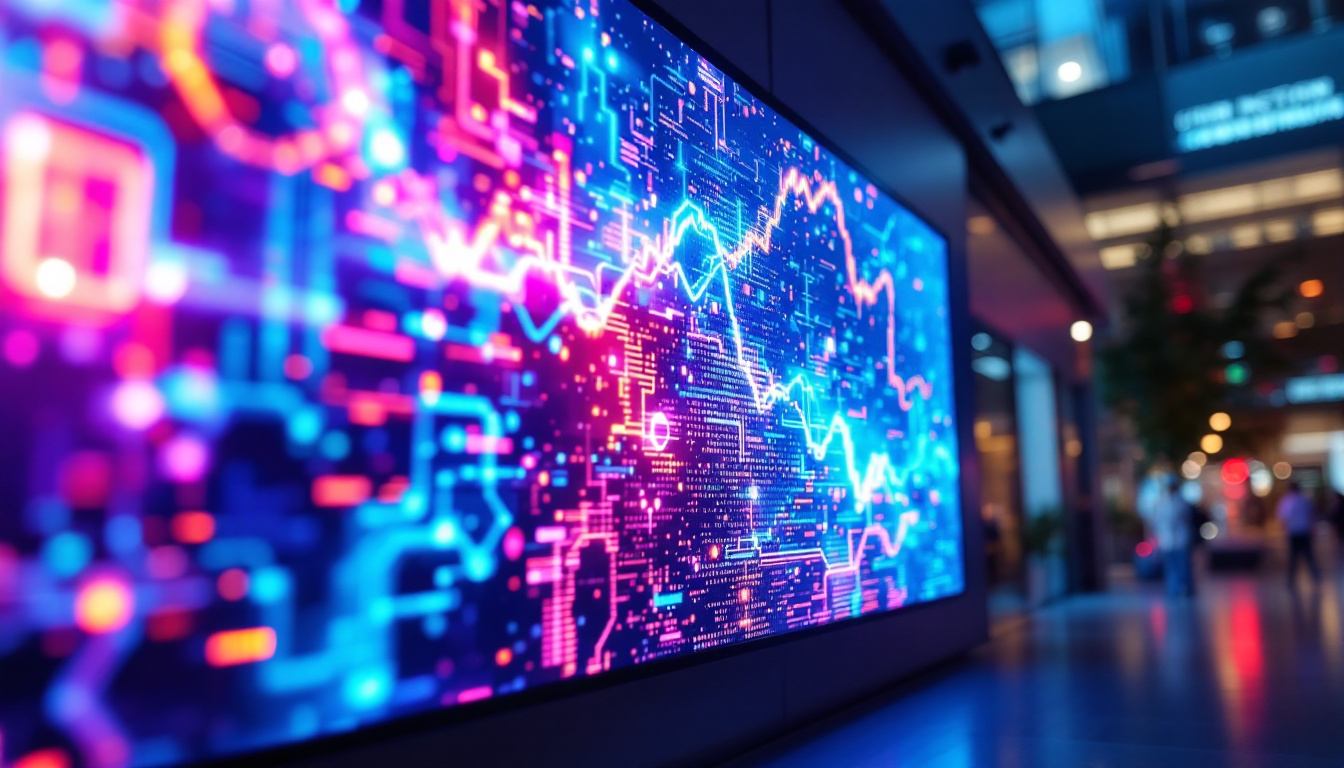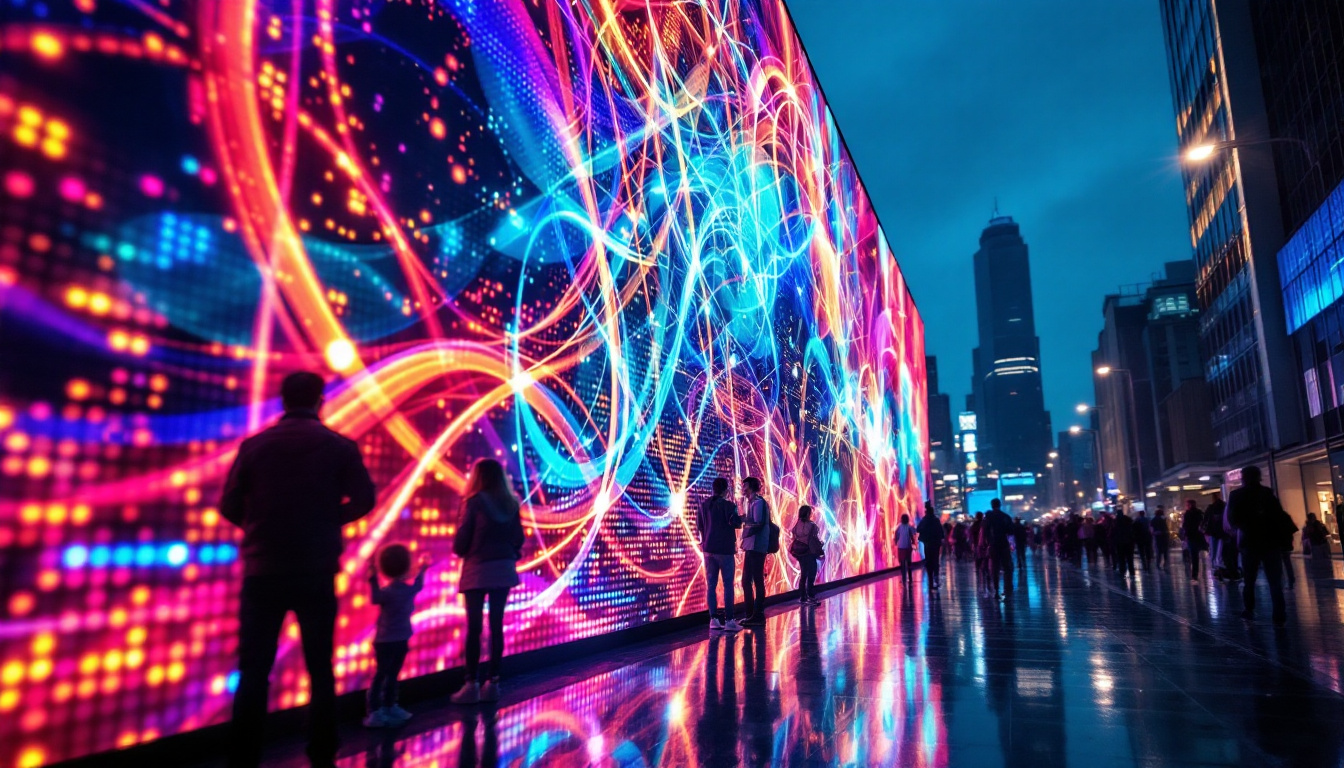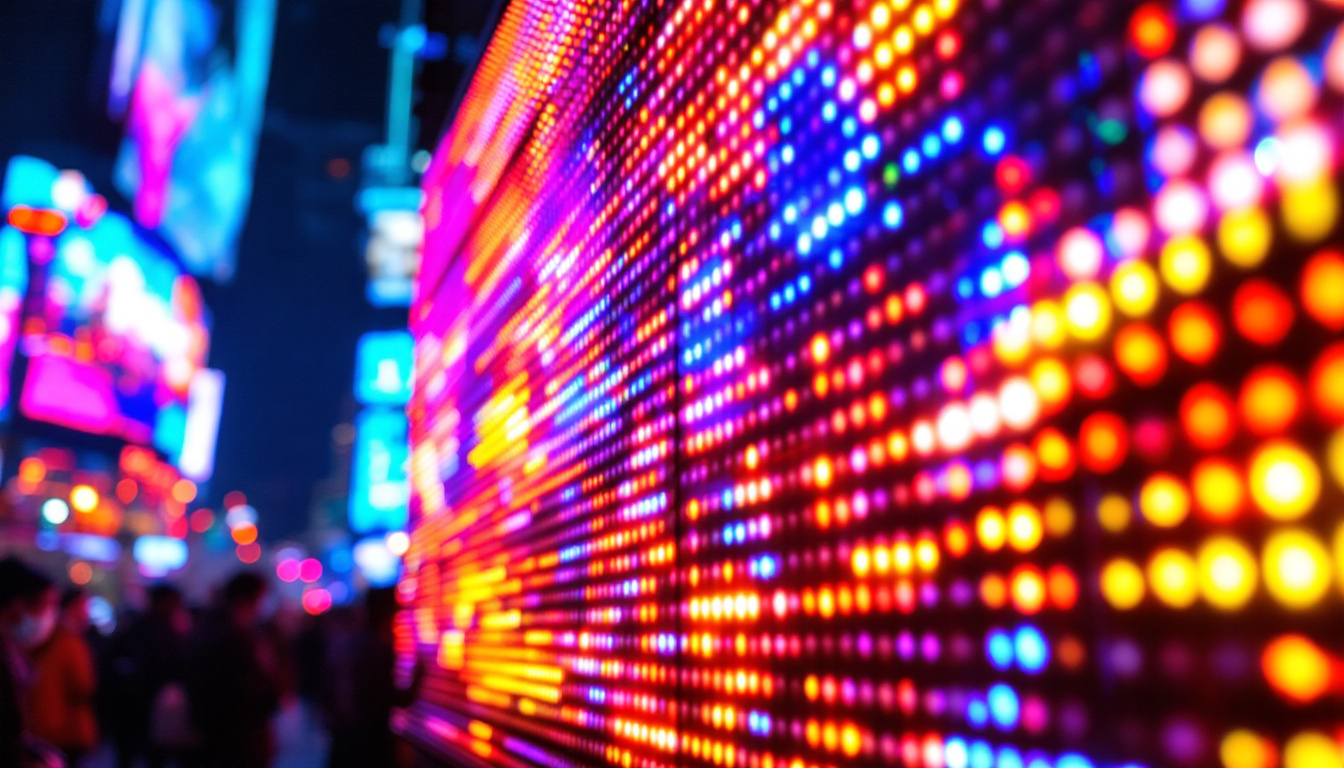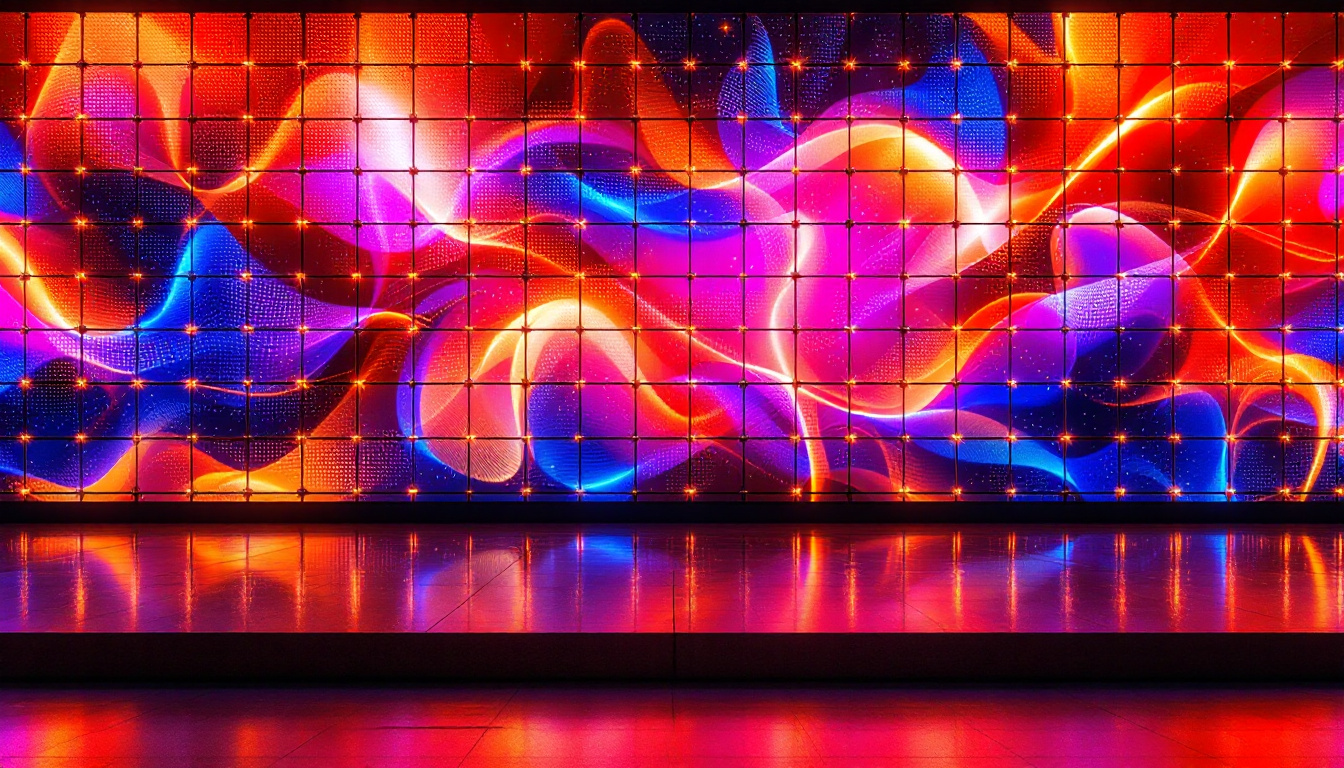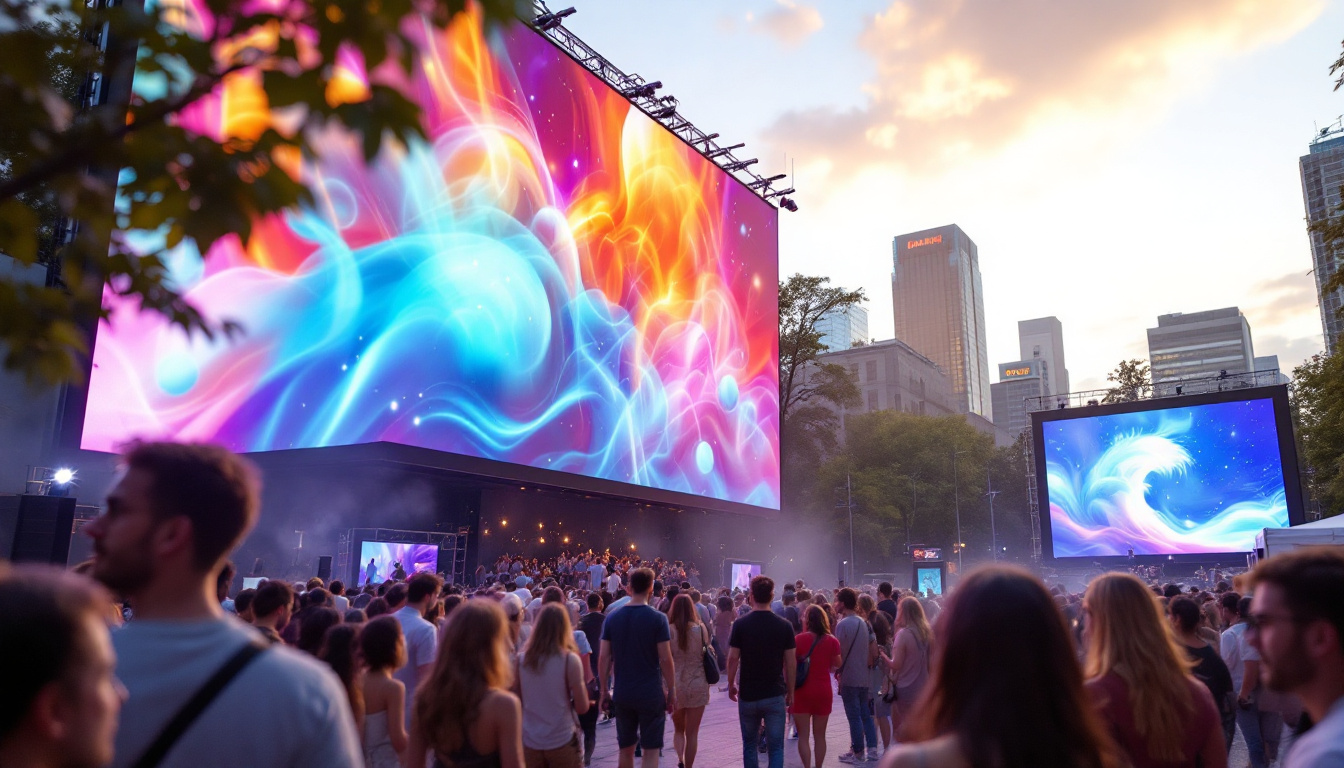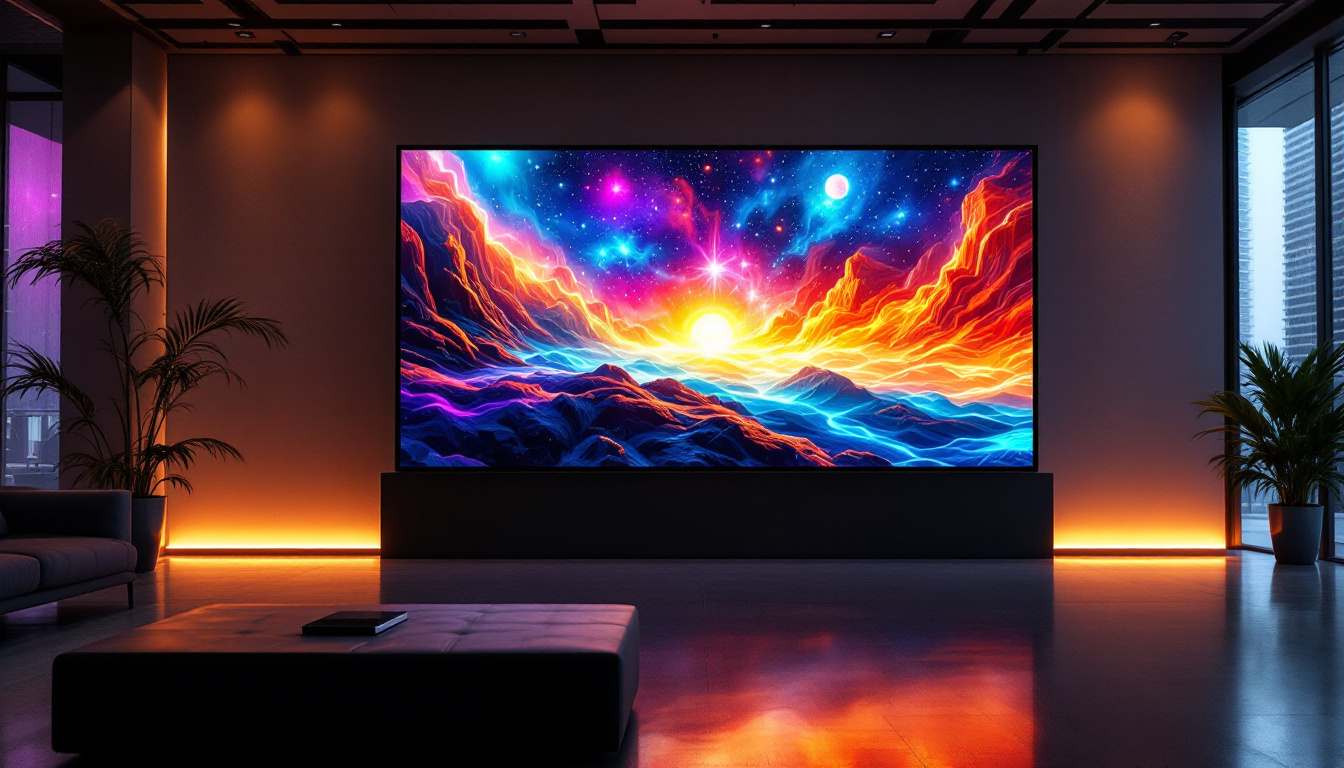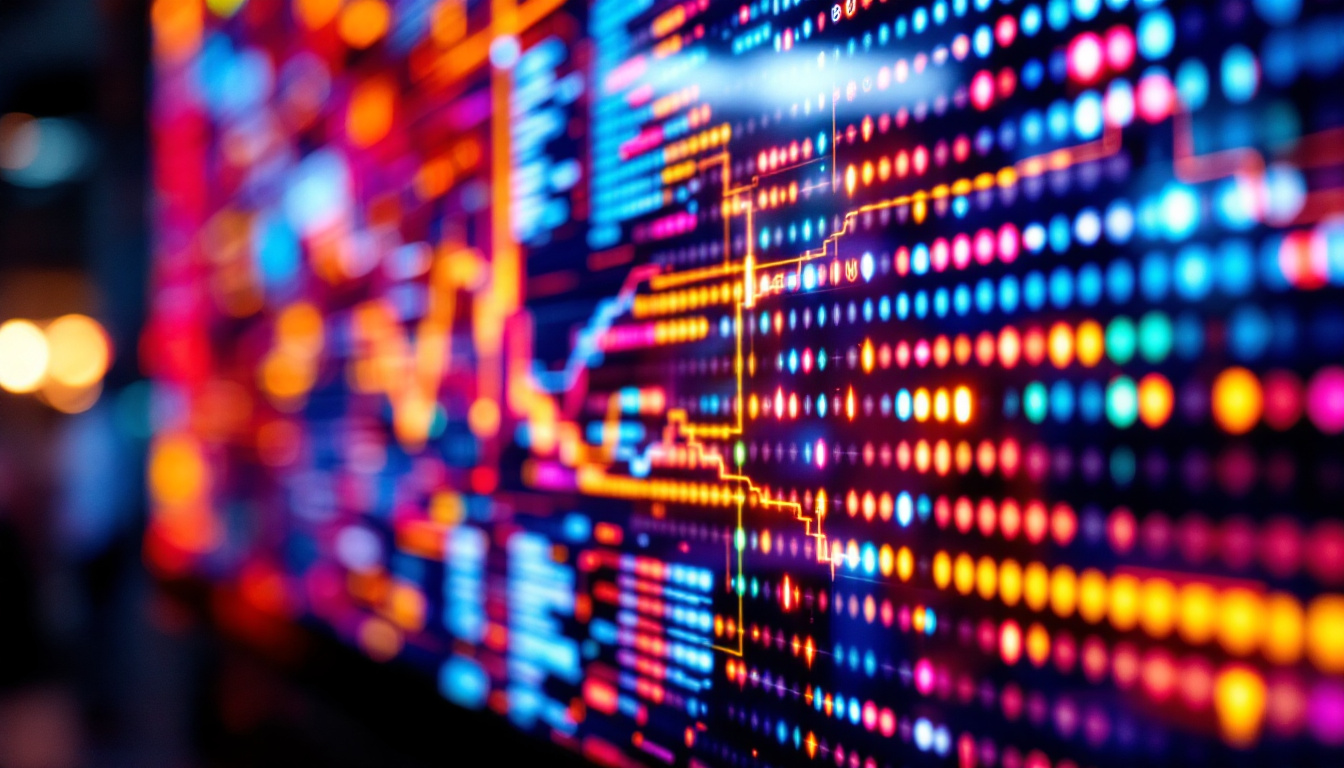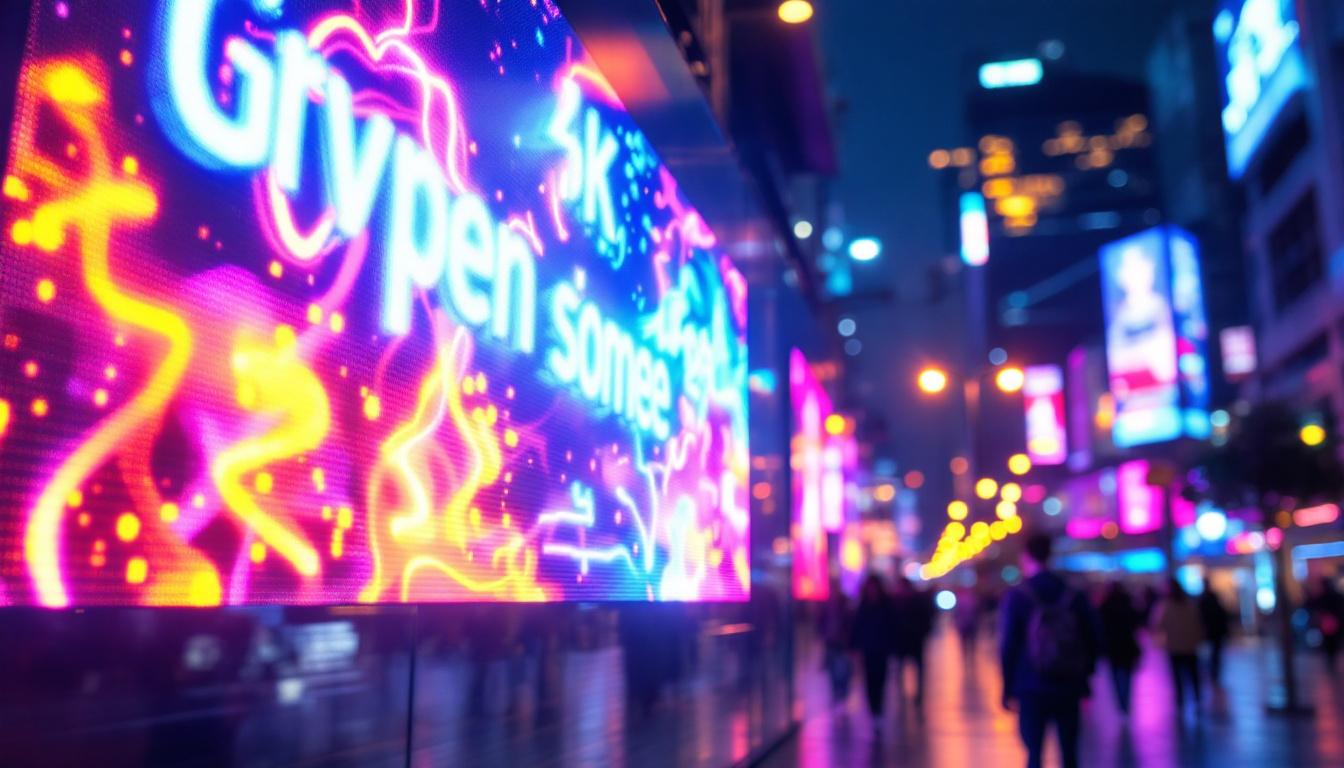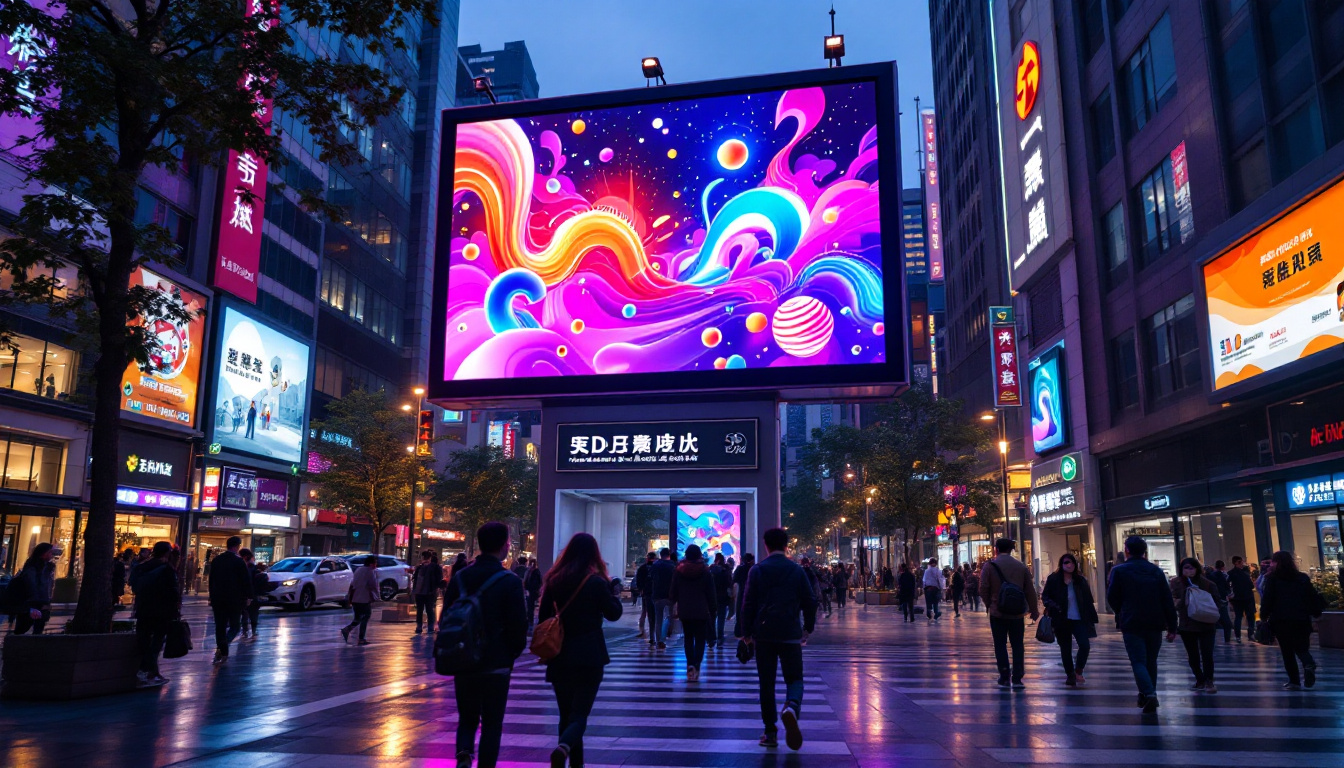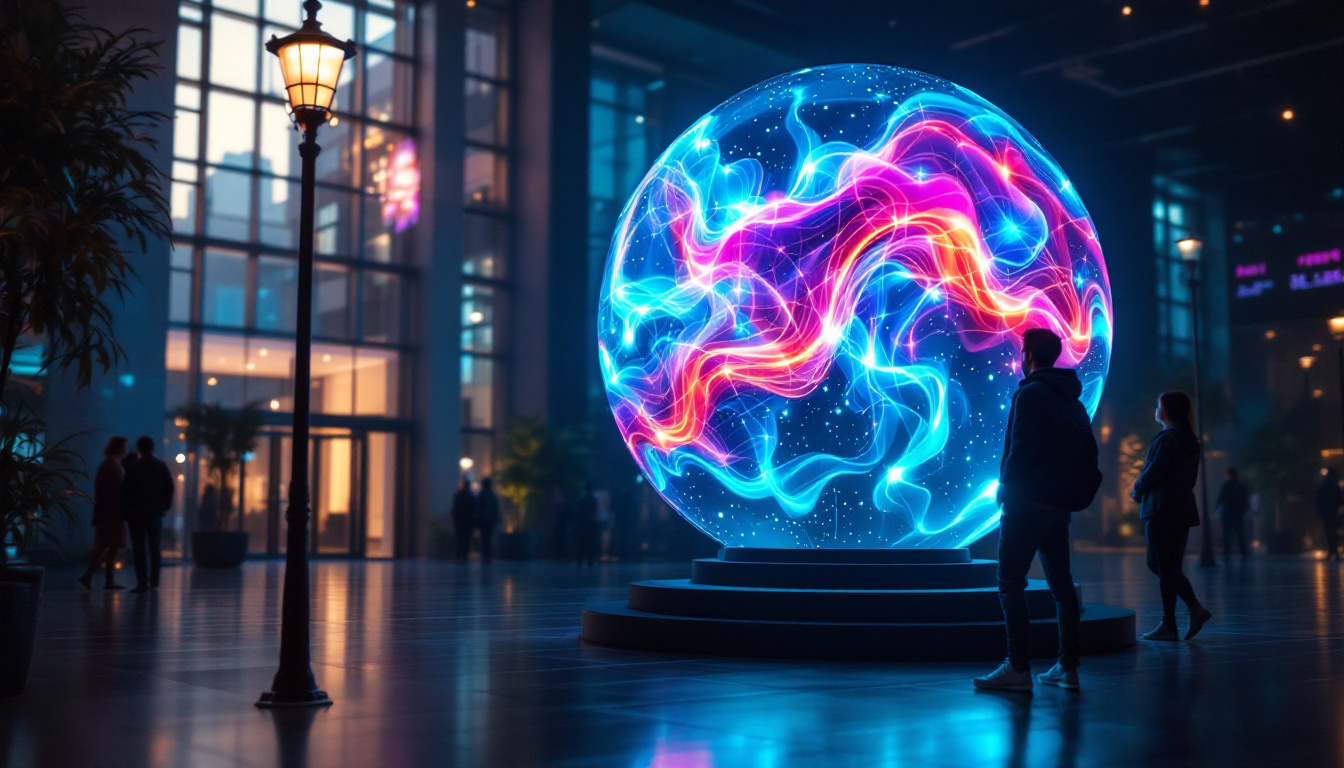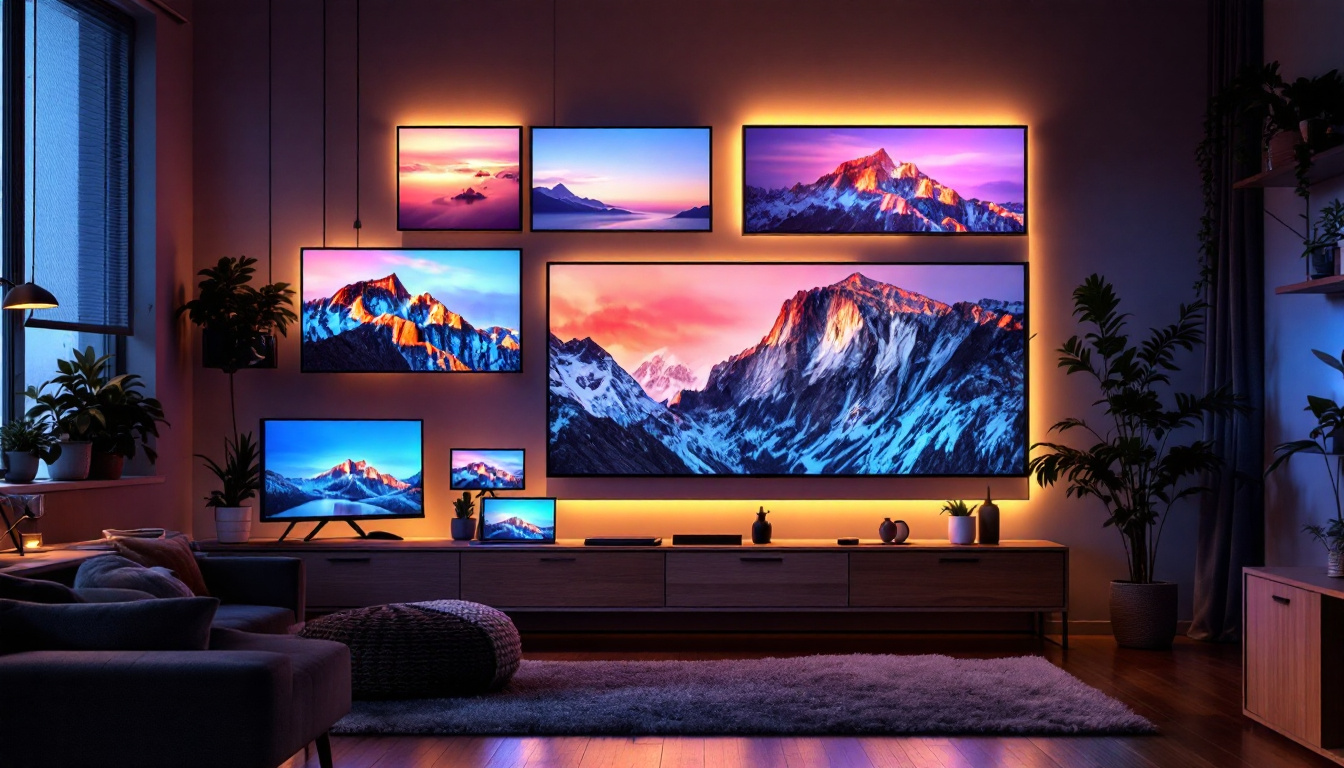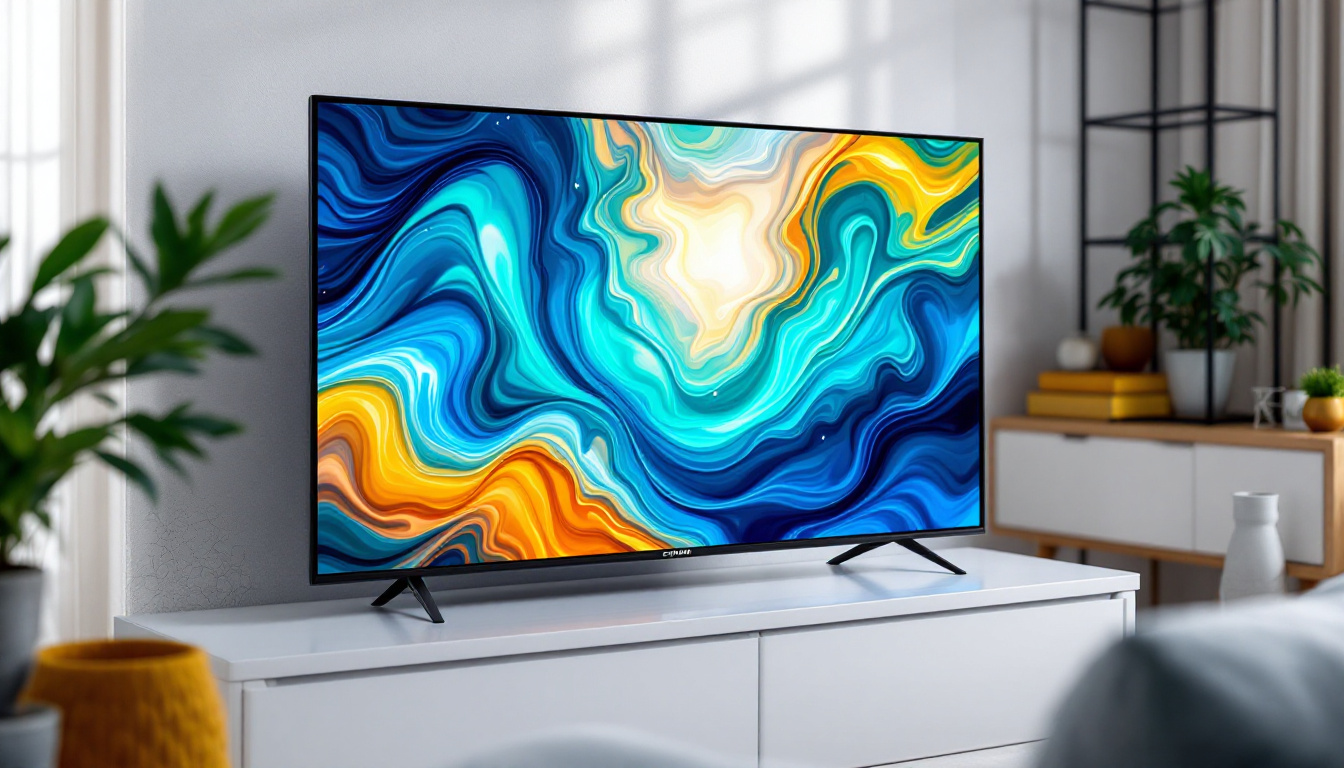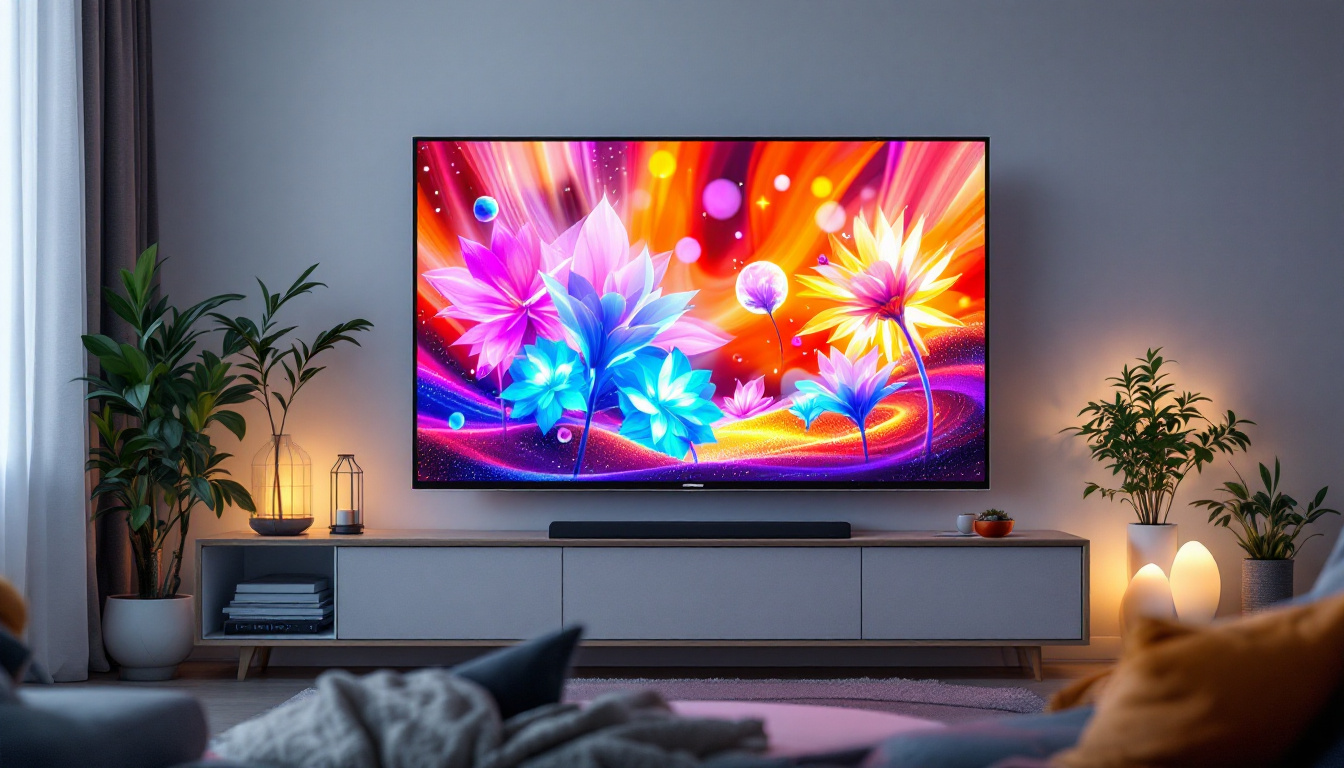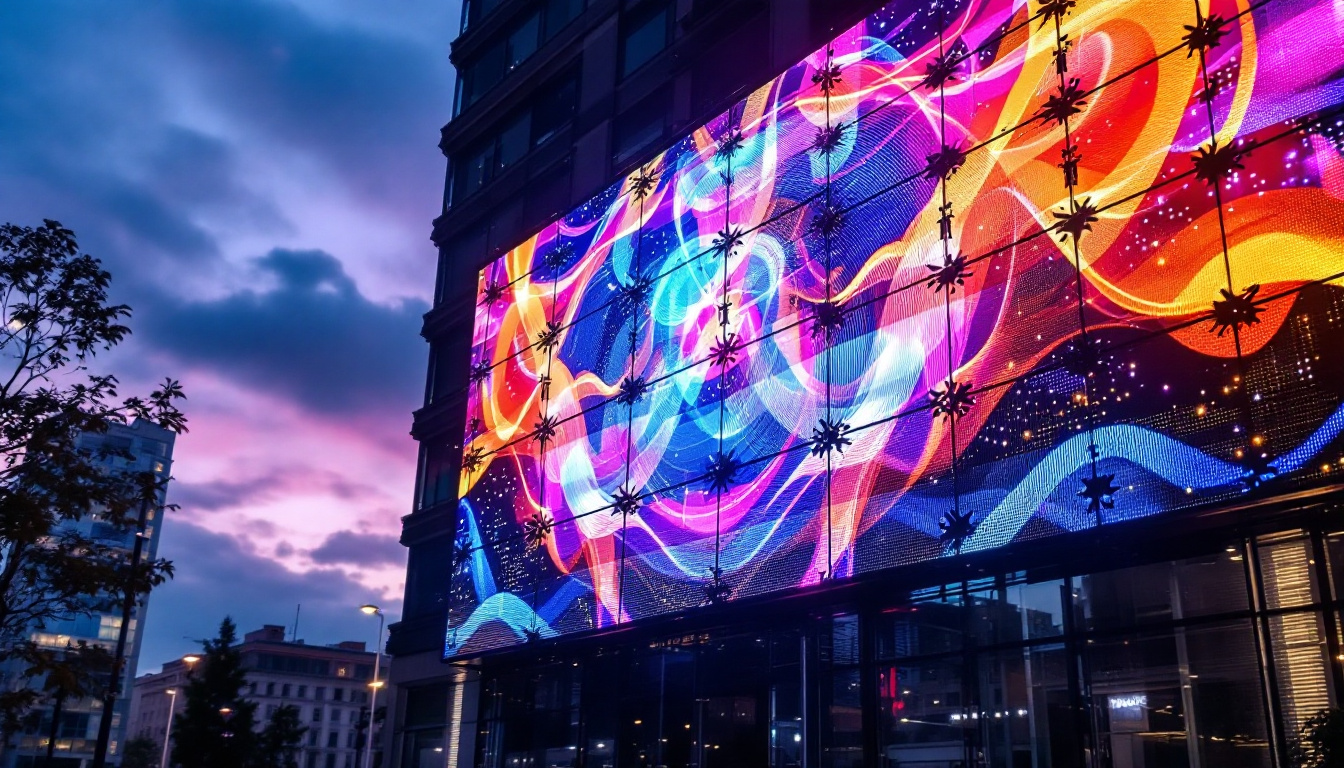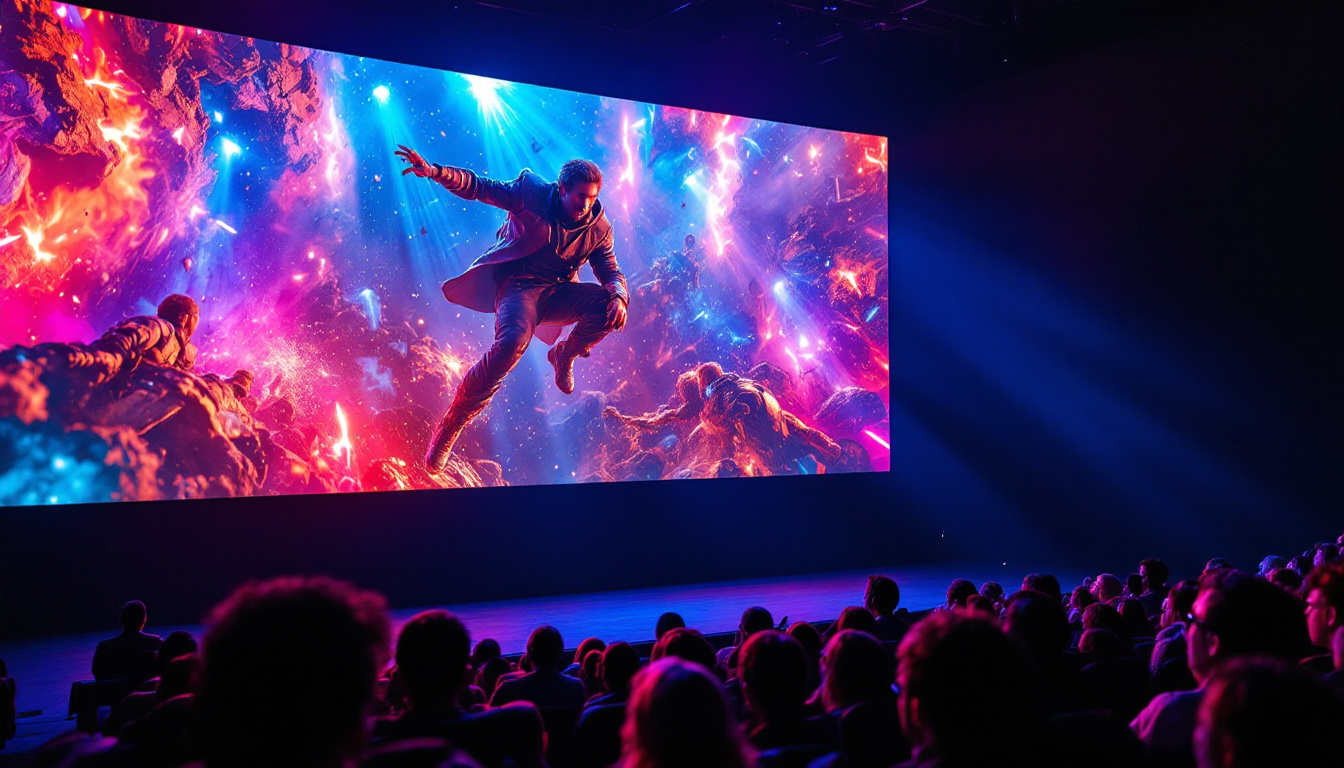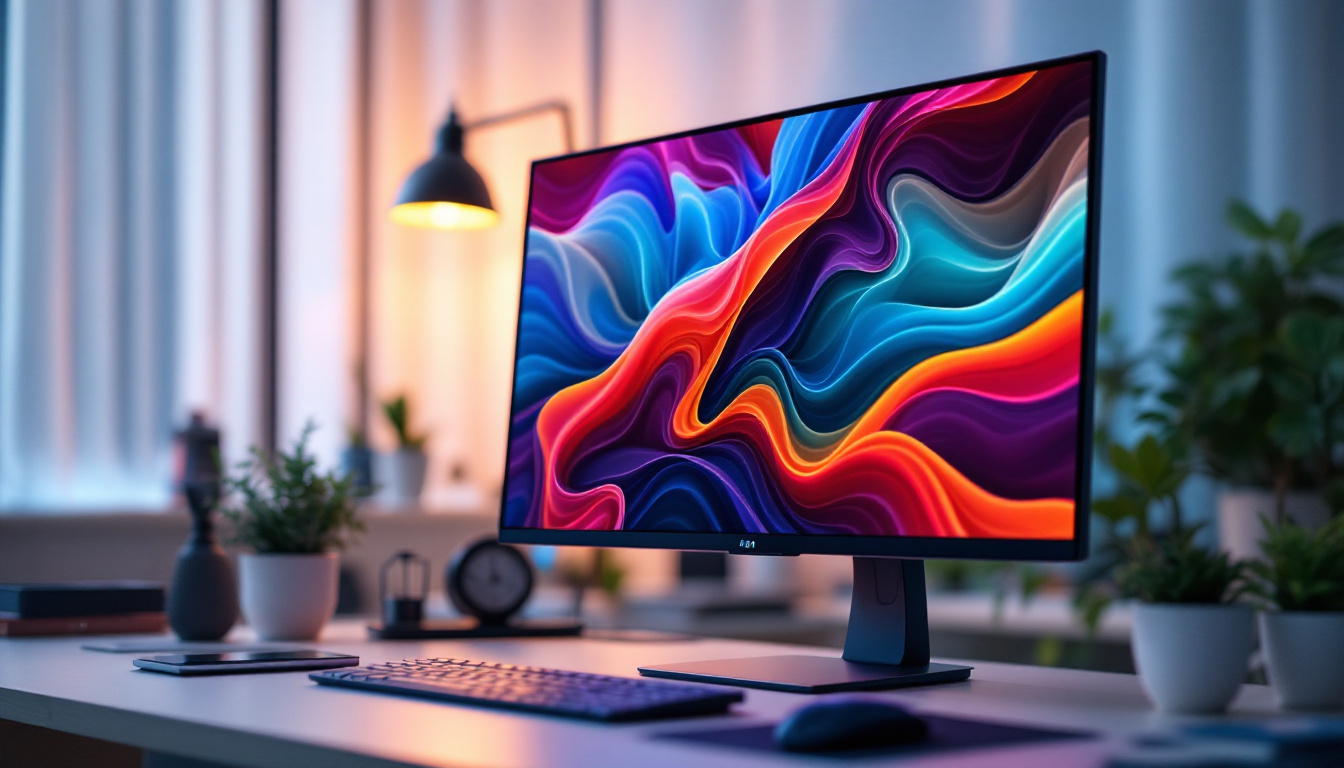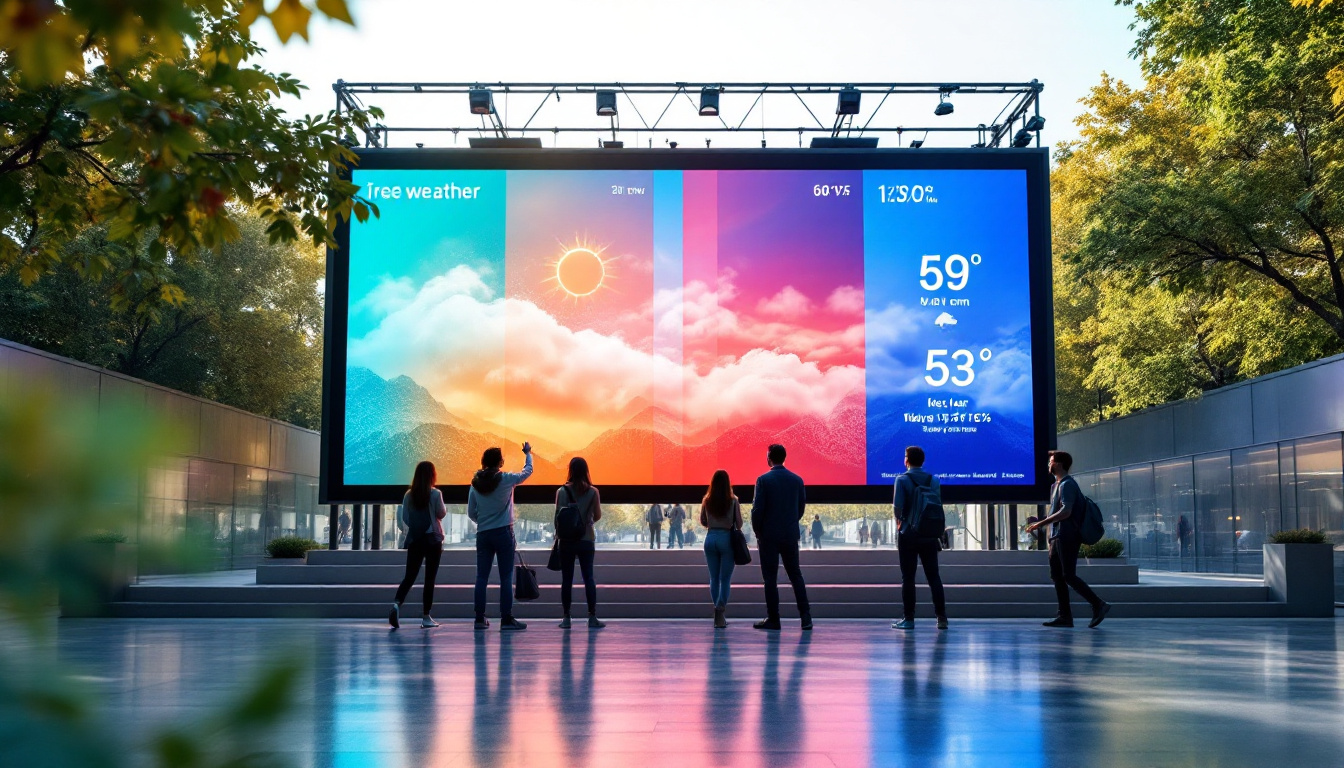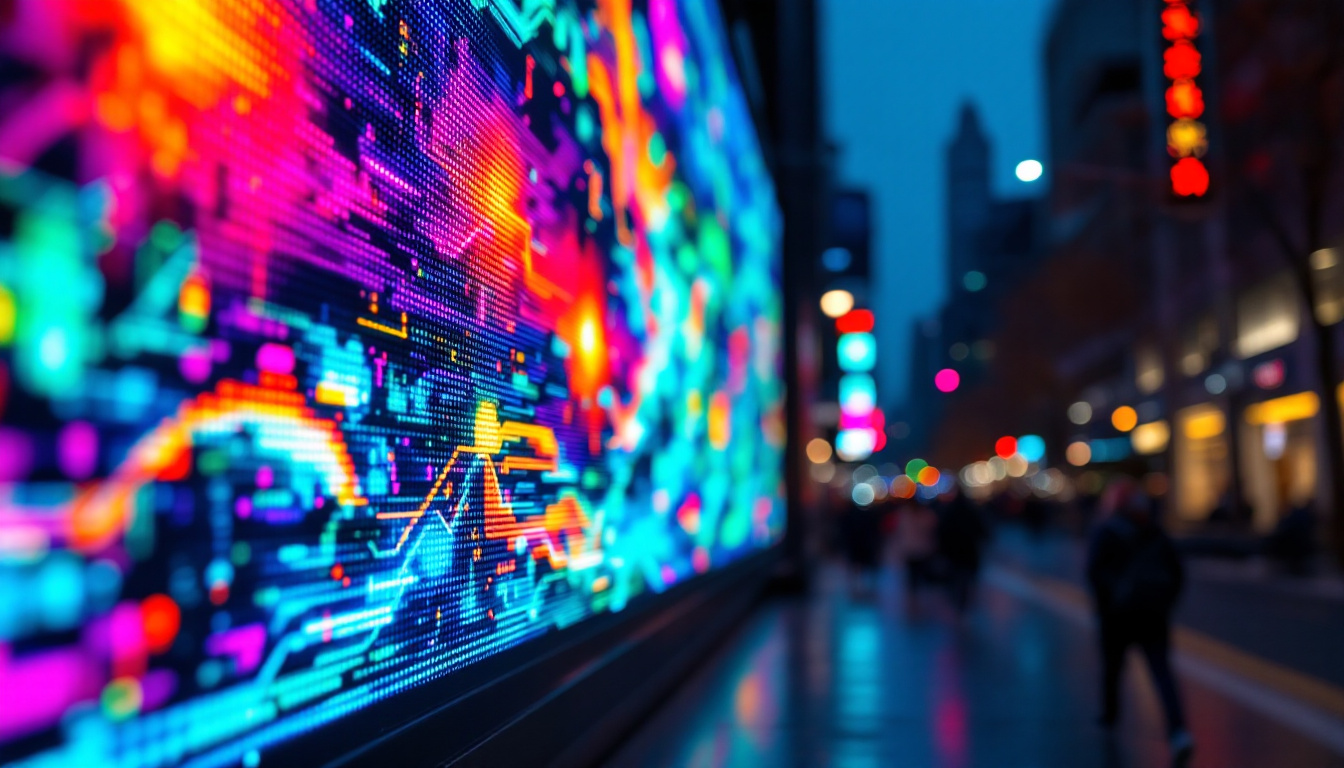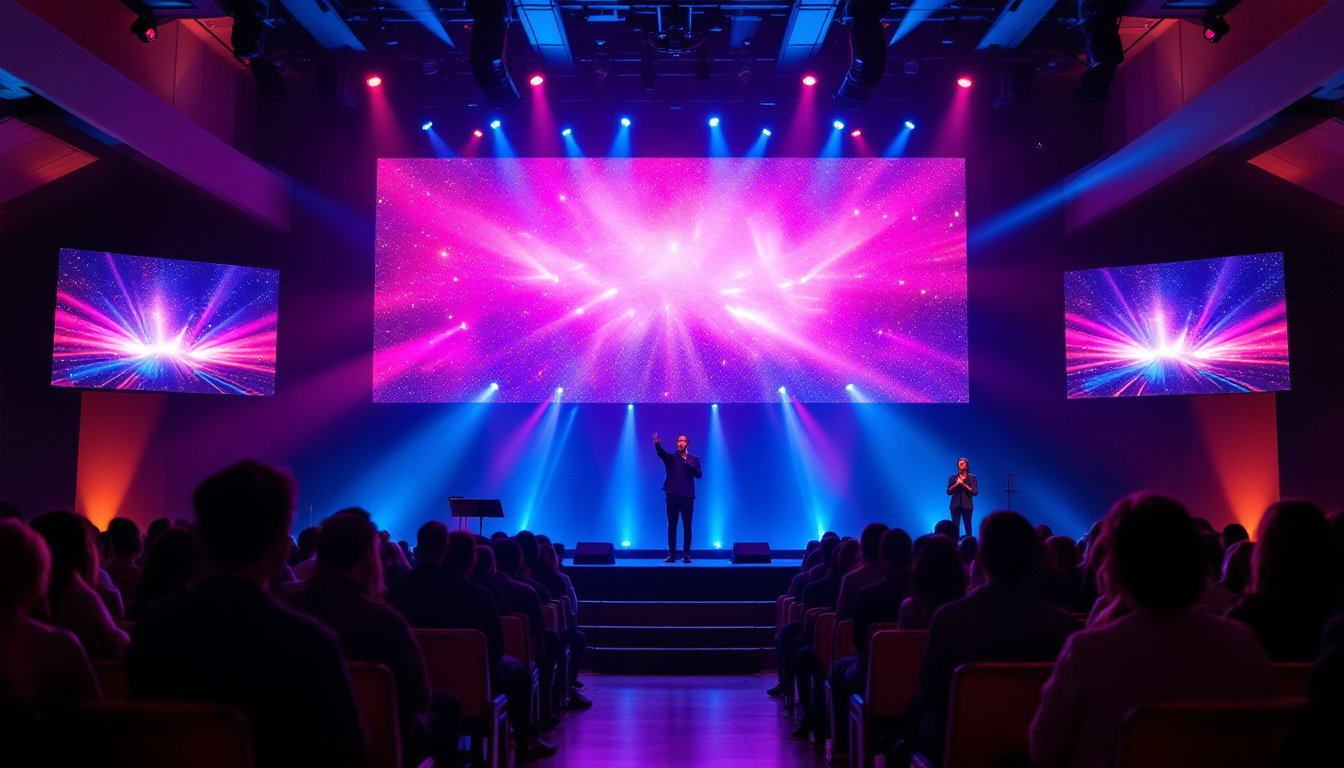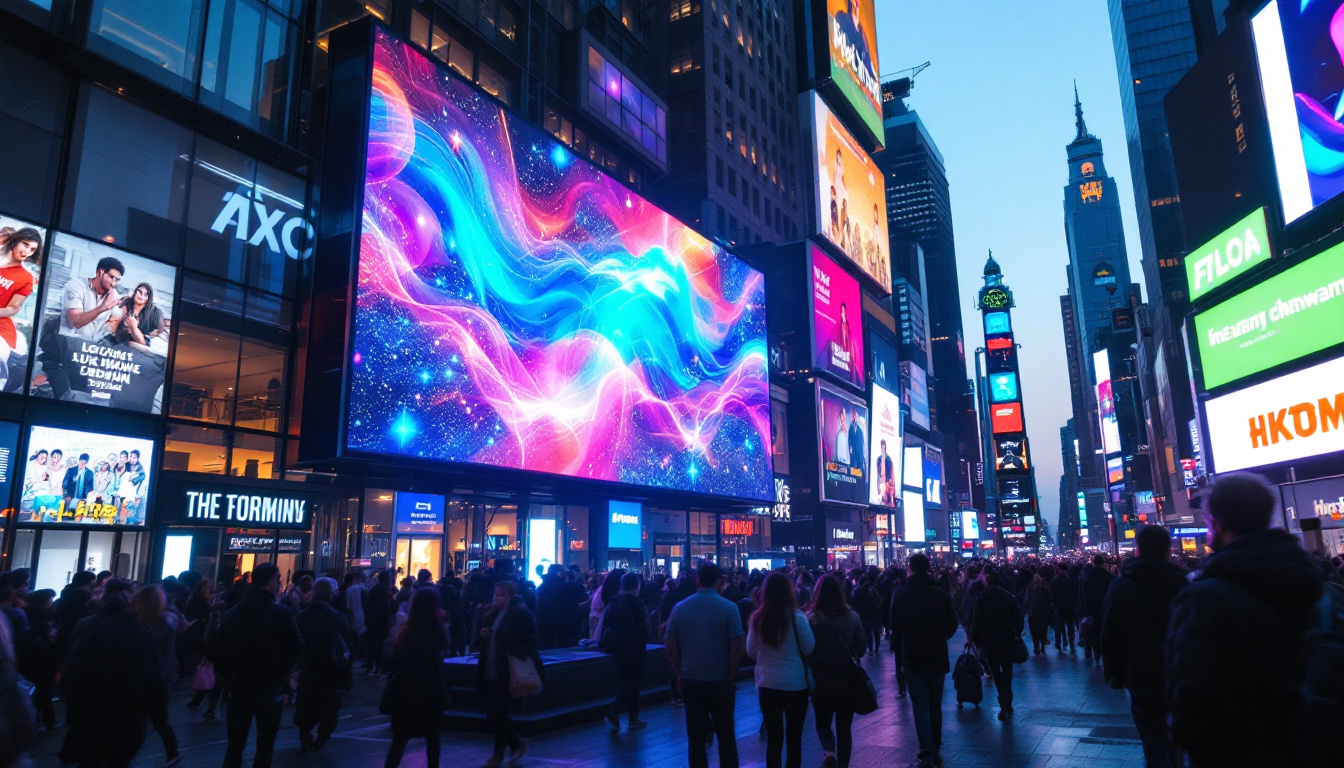In an age where technology continues to evolve at an unprecedented pace, the demand for high-quality visual displays has never been greater. Among the various types of displays available, LED (Light Emitting Diode) technology has emerged as a popular choice for both consumers and businesses alike. This article delves into the intricacies of LED displays, exploring their advantages, applications, and the technology behind them.
Understanding LED Technology
LED technology is based on the principle of electroluminescence, where a semiconductor emits light when an electric current passes through it. This fundamental concept has led to the development of various types of LED displays, each designed for specific applications. The versatility of LED technology makes it suitable for a wide range of uses, from televisions and computer monitors to large-scale advertising billboards. As the demand for energy-efficient lighting solutions grows, LED technology continues to evolve, offering innovations that enhance both performance and sustainability.
One of the most significant advantages of LED technology is its energy efficiency. Compared to traditional incandescent bulbs, LEDs consume significantly less power while providing the same amount of light. This efficiency not only reduces electricity bills but also contributes to a lower carbon footprint, making LEDs an environmentally friendly choice. Furthermore, with advancements in technology, the lifespan of LED products has dramatically increased, often exceeding 25,000 hours, which means fewer replacements and less waste over time.
How LED Displays Work
At the core of an LED display is a matrix of tiny light-emitting diodes. These diodes are arranged in a grid, and each one can emit light in different colors. By combining red, green, and blue (RGB) light, LED displays can produce a vast spectrum of colors. This RGB color model is crucial for creating vibrant images and videos, making LED displays ideal for applications requiring high-quality visuals. The precision with which these colors can be combined allows for the reproduction of intricate details in images, making LED technology particularly popular in creative fields such as graphic design and digital art.
The brightness and clarity of LED displays are largely attributed to their ability to produce light directly, unlike traditional LCD screens that rely on backlighting. This direct emission of light allows for deeper blacks and more vivid colors, enhancing the overall viewing experience. Additionally, the fast response time of LEDs means that they can display rapid motion without blurring, making them perfect for high-speed sports broadcasts and gaming applications. As a result, consumers are increasingly favoring LED displays for their home entertainment systems, leading to a surge in demand for high-definition LED televisions.
Types of LED Displays
LED displays can be categorized into several types, each serving different purposes. The most common types include:
- Direct View LED (DVLED): These displays consist of individual LED modules that are assembled to create large screens. They are often used for outdoor advertising and large venues due to their brightness and durability. The modular nature of DVLED allows for seamless integration into various environments, making them a popular choice for concert stages and sports arenas.
- LED-backlit LCD: This type combines traditional LCD technology with LED backlighting. It offers better contrast and color accuracy compared to standard LCDs. The use of LED backlighting also allows for thinner screen designs, appealing to consumers looking for sleek and modern aesthetics in their devices.
- Organic LED (OLED): A more advanced form of LED technology, OLED displays use organic compounds to emit light. They are known for their exceptional color accuracy and contrast ratios. OLED technology also allows for flexible displays, opening up new possibilities for innovative product designs such as curved televisions and wearable devices.
Advantages of LED Displays
The growing popularity of LED displays can be attributed to several key advantages they offer over traditional display technologies. Understanding these benefits can help consumers and businesses make informed decisions when selecting a display solution.
Energy Efficiency
One of the most significant advantages of LED displays is their energy efficiency. Compared to traditional incandescent or fluorescent displays, LED technology consumes considerably less power. This not only reduces electricity bills but also contributes to a lower carbon footprint, making LED displays an environmentally friendly option.
Moreover, the longevity of LED displays further enhances their energy efficiency. With a lifespan of up to 50,000 hours or more, LEDs require less frequent replacement, resulting in reduced waste and maintenance costs.
Superior Image Quality
LED displays are renowned for their superior image quality. The ability to produce deeper blacks and brighter colors creates a more immersive viewing experience. This is particularly important for applications such as gaming, graphic design, and video production, where color accuracy is paramount.
Additionally, LED displays offer wider viewing angles compared to traditional LCDs. This means that images remain clear and vibrant even when viewed from off-angles, making them ideal for public displays and collaborative workspaces.
Versatility and Customization
LED technology’s versatility allows for a wide range of applications. From small screens used in smartphones to massive outdoor billboards, LED displays can be tailored to meet specific needs. Customization options, including size, shape, and resolution, enable businesses to create unique visual experiences that resonate with their audience.
Furthermore, LED displays can be easily integrated into various environments, whether it be for retail, education, or entertainment. Their adaptability makes them a favored choice across multiple industries.
Applications of LED Displays
The applications of LED displays are vast and varied, reflecting the technology’s versatility. From consumer electronics to large-scale advertising, LED displays have found their way into numerous sectors, each benefiting from the unique advantages they offer.
Advertising and Marketing
In the advertising world, LED displays have revolutionized how brands communicate with consumers. Their bright, eye-catching visuals attract attention and convey messages effectively. Outdoor LED billboards, for instance, can display dynamic content that changes throughout the day, maximizing engagement with potential customers.
Additionally, the ability to create large, seamless displays using Direct View LED technology allows for stunning visual presentations at events, trade shows, and exhibitions. This capability enhances brand visibility and creates memorable experiences for attendees.
Entertainment and Events
In the entertainment industry, LED displays are ubiquitous. Concerts, festivals, and sporting events utilize large LED screens to enhance the audience experience. These displays provide real-time information, live feeds, and dynamic visuals that keep attendees engaged and informed.
Moreover, the use of LED technology in theaters and cinemas has improved the quality of visual presentations, allowing for brighter images and more vivid colors. This enhancement contributes to a more immersive viewing experience for audiences.
Corporate and Educational Settings
In corporate environments, LED displays are increasingly used for presentations, meetings, and digital signage. Their clarity and brightness ensure that information is easily visible, even in well-lit spaces. This capability enhances communication and collaboration among team members.
In educational settings, LED displays serve as powerful teaching tools. Interactive LED screens can facilitate engaging lessons, allowing educators to present information in dynamic ways. This technology fosters an interactive learning environment, benefiting both teachers and students.
Challenges and Considerations
While LED displays offer numerous advantages, there are also challenges and considerations to keep in mind. Understanding these factors is essential for making informed decisions regarding display technology.
Initial Cost
One of the primary challenges associated with LED displays is their initial cost. Compared to traditional display technologies, LED displays can be more expensive to purchase and install. However, it is important to consider the long-term savings associated with energy efficiency and reduced maintenance costs.
For businesses, the upfront investment in LED technology can be justified by the potential for increased engagement and improved brand visibility. Conducting a thorough cost-benefit analysis can help organizations determine the best course of action.
Heat Generation
LED displays generate heat during operation, which can be a concern in certain environments. Proper ventilation and cooling systems are essential to prevent overheating, particularly in large installations. Failure to manage heat can lead to reduced performance and a shorter lifespan for the display.
It is crucial to consider the installation environment and ensure that adequate measures are in place to mitigate heat-related issues. This may involve consulting with professionals who specialize in display technology.
The Future of LED Displays
The future of LED displays appears bright, with continuous advancements in technology promising even greater capabilities. Innovations in areas such as microLED and flexible displays are set to redefine the landscape of visual technology.
MicroLED Technology
MicroLED technology represents a significant leap forward in display capabilities. By utilizing microscopic LEDs, this technology allows for higher pixel densities and improved image quality. MicroLED displays promise to deliver exceptional brightness, contrast, and color accuracy, making them ideal for high-end applications.
As production methods improve and costs decrease, microLED displays are expected to become more accessible to consumers and businesses alike, further expanding the potential applications of LED technology.
Flexible and Transparent Displays
Another exciting development in the realm of LED technology is the emergence of flexible and transparent displays. These innovations open up new possibilities for design and functionality, allowing for displays that can be integrated into various surfaces and environments.
Flexible displays can be bent or shaped to fit unique designs, while transparent displays can overlay information onto real-world environments. These advancements are poised to transform industries such as retail, architecture, and automotive, creating new opportunities for interaction and engagement.
Conclusion
LED displays have become an integral part of modern life, offering unparalleled advantages in energy efficiency, image quality, and versatility. As technology continues to evolve, the applications and possibilities for LED displays will only expand, paving the way for innovative solutions across various sectors.
Understanding the intricacies of LED technology, its benefits, and its potential challenges is essential for anyone considering a display solution. Whether for advertising, entertainment, or corporate use, LED displays offer a powerful means of communication and engagement, making them a valuable investment for the future.
Discover LumenMatrix’s Innovative LED Display Solutions
Ready to elevate your visual experience with the latest in LED display technology? Look no further than LumenMatrix, a pioneer in crafting state-of-the-art LED display modules that bring your brand to life. Whether you’re seeking an Indoor LED Wall Display for your corporate headquarters, an Outdoor LED Wall Display for impactful advertising, or any of our other versatile solutions like Vehicle, Poster, Sports, Floor, Custom, All-in-One, or Transparent LED Displays, LumenMatrix is committed to revolutionizing visual communication. Embrace the future of digital signage and create unforgettable visual narratives with our cutting-edge LED display solutions. Check out LumenMatrix LED Display Solutions today and transform the way you connect with your audience.

